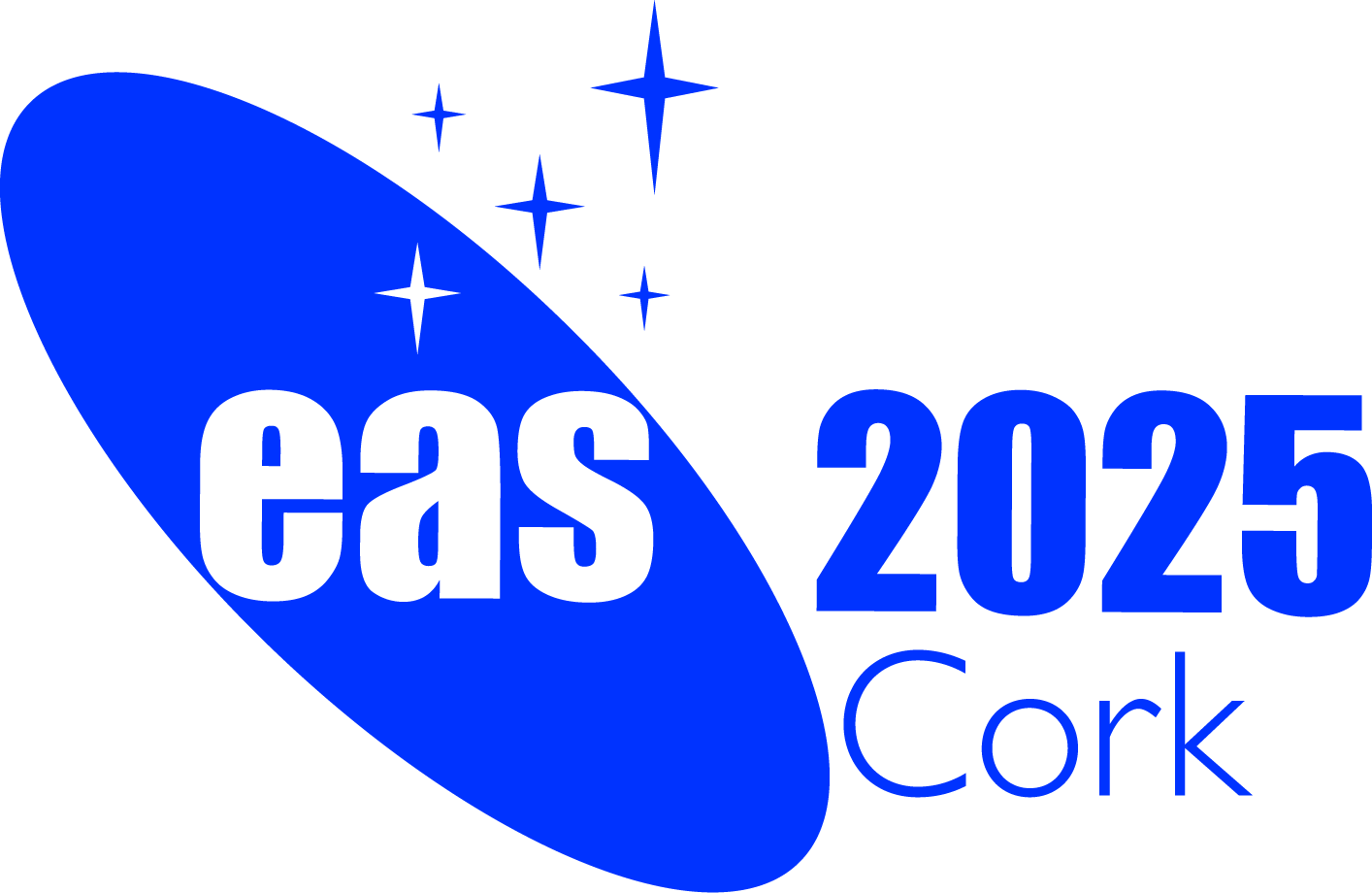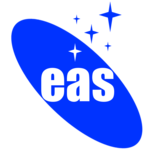Special Session SS1
23 June 2025
PLATO's Prospects in Exoplanet and Stellar Science

News:
Our session is scheduled on 23 June.
Aims and scope
The ESA PLATO mission is set for launch in late 2026. PLATO aims to detect and characterise planets in orbits up to the habitable zones of Sun-like stars. By observing bright stars, it will significantly increase the number of characterised planets, particularly those down to Earth-size and with long orbital periods (up to 1 year), providing precise measurements of their masses, radii, and ages. Additionally, asteroseismology of thousands of targets, including the host stars of these exoplanetary systems, will yield accurate stellar properties, enhancing our understanding of stellar evolution. Accurate stellar age determinations will be crucial in the study of the evolution of planets and planetary systems. The PLATO mission will include a Guest Observer programme to address complementary science topics that are not part of the mission's core science.
By the time of the EAS 2025 annual meeting, the PLATO satellite and ground segment will be undergoing major tests, and the preparatory scientific activities will be well advanced. The first goal of this Special Session is to update the community on the mission status and about how to use PLATO as observatory. Special emphasis will be put on the description of the PLATO Input Catalogue and of the PLATO data, from light-curves to exoplanet and stellar scientific products and catalogues. The scope and policies of the Guest Observer Programme will be communicated, within the context that the first open announcement of opportunity of this programme is scheduled for March 2026.
The second goal of the session is to establish a forum to explore solutions to challenges that PLATO is anticipated to face, and the lessons we have learned from the follow-up of transiting planet candidates from TESS and Kepler. Space will be given to oral and poster contributions addressing challenges in exoplanet and stellar data analysis and modelling, as well as those associated with the ground-based follow-up observations.
The third goal of the session is to present the organisation of the Ground-based Observation Programme (GOP). The GOP will be the coordinating structure for the follow-up of PLATO candidates. The means in which to join or contribute to the work of the GOP will be presented.
Programme
- Block 1: The PLATO mission
- Overview of the science objectives and mission design
- Status of the mission implementation
- Science preparation: Pointing fields, stellar samples,
ground-based follow-up
- Scientific performance
- Exoplanet and stellar data processing and products
- Data access and Guest Observer Programme
- Blocks 2 and 3: Lessons learnt from Kepler and TESS and expected challenges on data analysis, data interpretation, and models for:
- PLATO Exoplanet science, including follow-up ground-based observations
- PLATO Stellar science
- Lunch block: The PLATO Ground-based observation programme (GOP)
- Current organistation and status
- Contributing to the GOP
Invited speakers
Scientific organisers
Ana M. Heras (ESA/ESTEC, The Netherlands) - Chair;
Heike Rauer (DLR, Germany) - co-Chair;
Melissa Hobson (University of Geneva, Switzerland) - co-Chair;
Kevin Belkacem (Observatoire de Paris, France);
J. Miguel Mas-Hesse (CSIC/INTA, Spain);
Giampaolo Piotto (University of Padova, Italy);
Don Pollacco (University of Warwick, UK);
Gavin Ramsay (Armagh Observatory and Planetarium, UK);
Stéphane Udry (University of Geneva, Switzerland);
Contact
Ana M. Heras (ana.heras @ esa.int)
Updated on Fri Feb 21 11:36:44 CET 2025

 A power cut will shut down all EAS services on Tuesday, 10 January 2017 starting at 7:30 CET.
A power cut will shut down all EAS services on Tuesday, 10 January 2017 starting at 7:30 CET.

